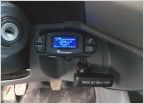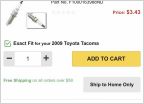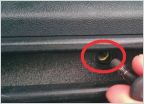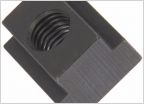-
Welcome to Tacoma World!
You are currently viewing as a guest! To get full-access, you need to register for a FREE account.
As a registered member, you’ll be able to:- Participate in all Tacoma discussion topics
- Communicate privately with other Tacoma owners from around the world
- Post your own photos in our Members Gallery
- Access all special features of the site
Popping sound left front suspension 2015 Pre-Runner
Discussion in '2nd Gen. Tacomas (2005-2015)' started by dan2116, Sep 24, 2020.


 Trailer Brake Controller Issue
Trailer Brake Controller Issue Denso Spark Plug
Denso Spark Plug Looking for Bed Nut plate
Looking for Bed Nut plate Bed rail mod help
Bed rail mod help








































































